Uses
It is commonly used as an inexpensive nitrogen fertilizer in China, but is now being phased out in favor of urea for quality and stability. This compound is used as a component in the production of fire-extinguishing compounds, pharmaceuticals, dyes, pigments, and it is also a basic fertilizer, being a source of ammonia. Ammonium bicarbonate is still widely used in the plastics and rubber industry, in the manufacture of ceramics, in chrome leather tanning, and for the synthesis of catalysts.[citation needed]
It is also used for buffering solutions to make them slightly alkaline during chemical purification, such as high-performance liquid chromatography. Because it entirely decomposes to volatile compounds, this allows rapid recovery of the compound of interest by freeze-drying.
Ammonium bicarbonate is also a key component of the expectorant cough syrup “Senega and Ammonia”.
Reactions
It dissolves in water to give a mildly alkaline solution. It is insoluble in acetone and alcohols.
Ammonium bicarbonate decomposes above about 36 °C into ammonia, carbon dioxide, and water in an endothermic process and so causes a drop in the temperature of the water:
- NH4HCO3 → NH3 + H2O + CO2.
When treated with acids, ammonium salts are also produced:
- NH4HCO3 + HCl → NH4Cl + CO2 + H2O.
Reaction with base produces ammonia.
It reacts with sulfates of alkaline-earth metals precipitating their carbonates:
- CaSO4 + 2 NH4HCO3 → CaCO3 + (NH4)2SO4 + CO2 + H2O.
It also reacts with alkali metal halides, giving alkali metal bicarbonate and ammonium halide:
- NH4HCO3 + NaCl → NH4Cl + NaHCO3;
- NH4HCO3 + KI → NH4I + KHCO3;
- NH4HCO3 + NaBr → NH4Br + NaHCO3.
Safety
Ammonium bicarbonate is an irritant to the skin, eyes and respiratory system. Short-term health effects may occur immediately or shortly after exposure to ammonium bicarbonate. Breathing ammonium bicarbonate can irritate the nose, throat and lungs causing coughing, wheezing and/or shortness of breath. Repeated exposure may cause bronchitis to develop with cough, and/or shortness of breath. Health effects can occur some time after exposure to ammonium bicarbonate and can last for months or years.
Where possible, operations should be enclosed and the use of local exhaust ventilation at the site of chemical release is recommended. If local exhaust ventilation or enclosure is not used, respirators are necessary. Wear protective work clothing and change clothes and wash thoroughly immediately after exposure to ammonium bicarbonate.
Ammonium bicarbonate from China used to make cookies was found to be contaminated with melamine, and imports were banned in Malaysia following the 2008 Chinese milk scandal





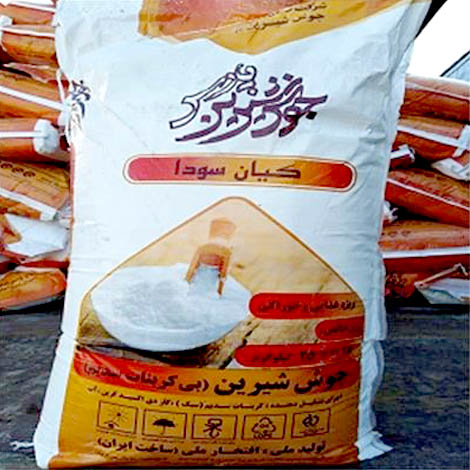
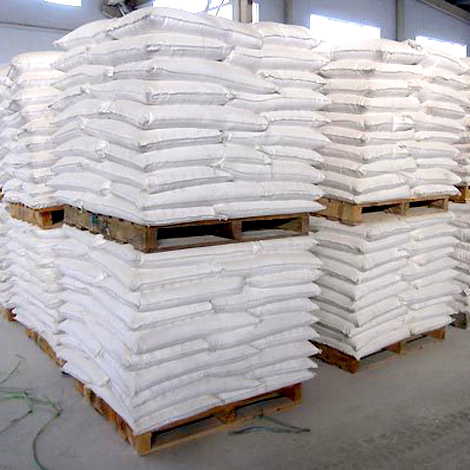



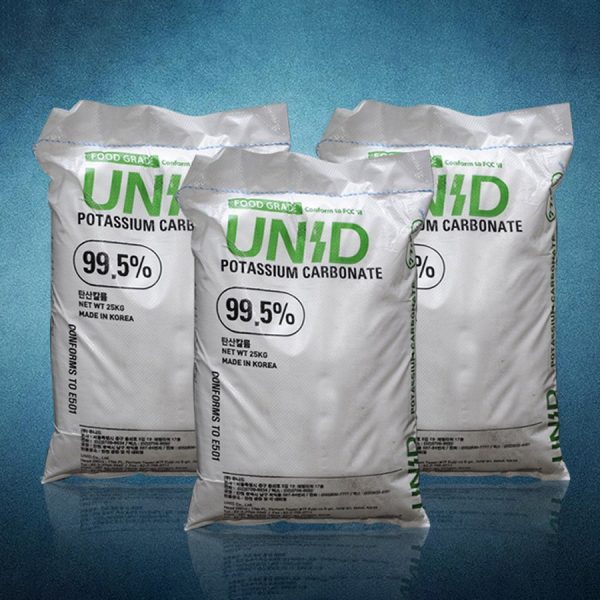

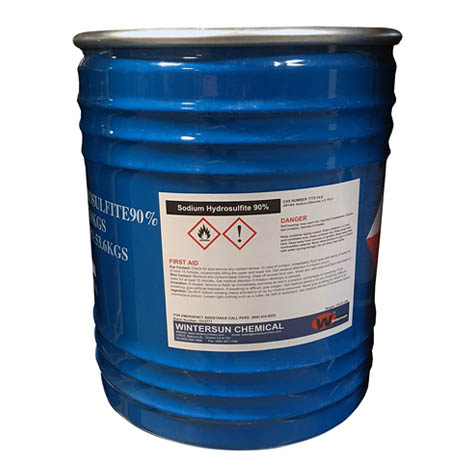
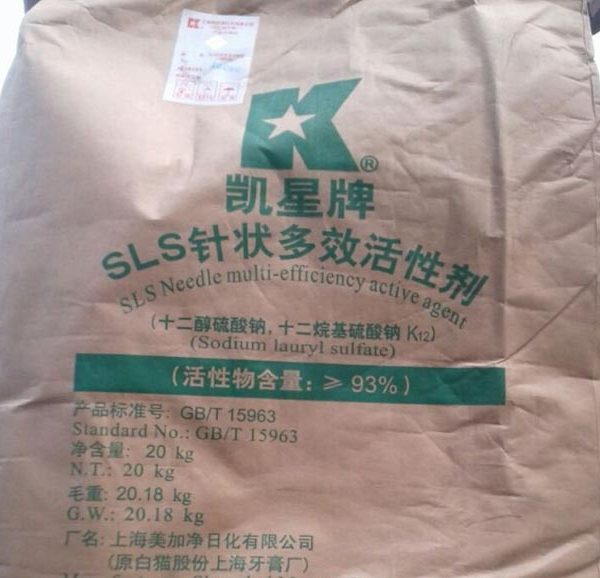
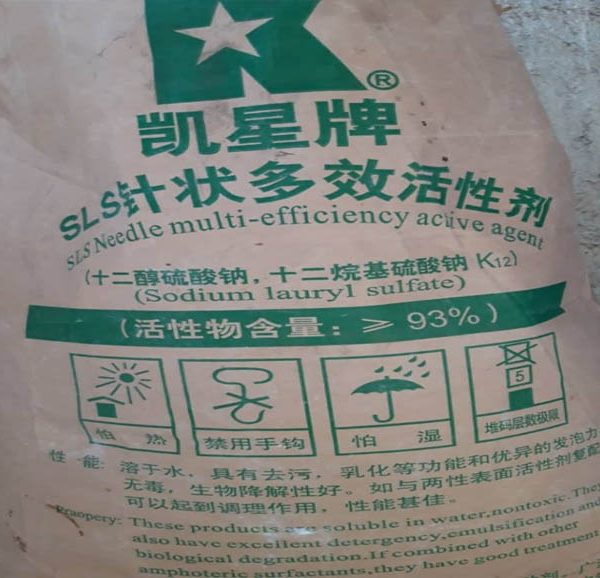





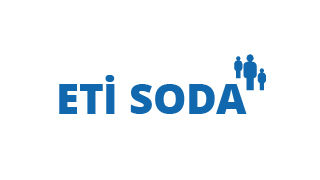



Reviews
There are no reviews yet.